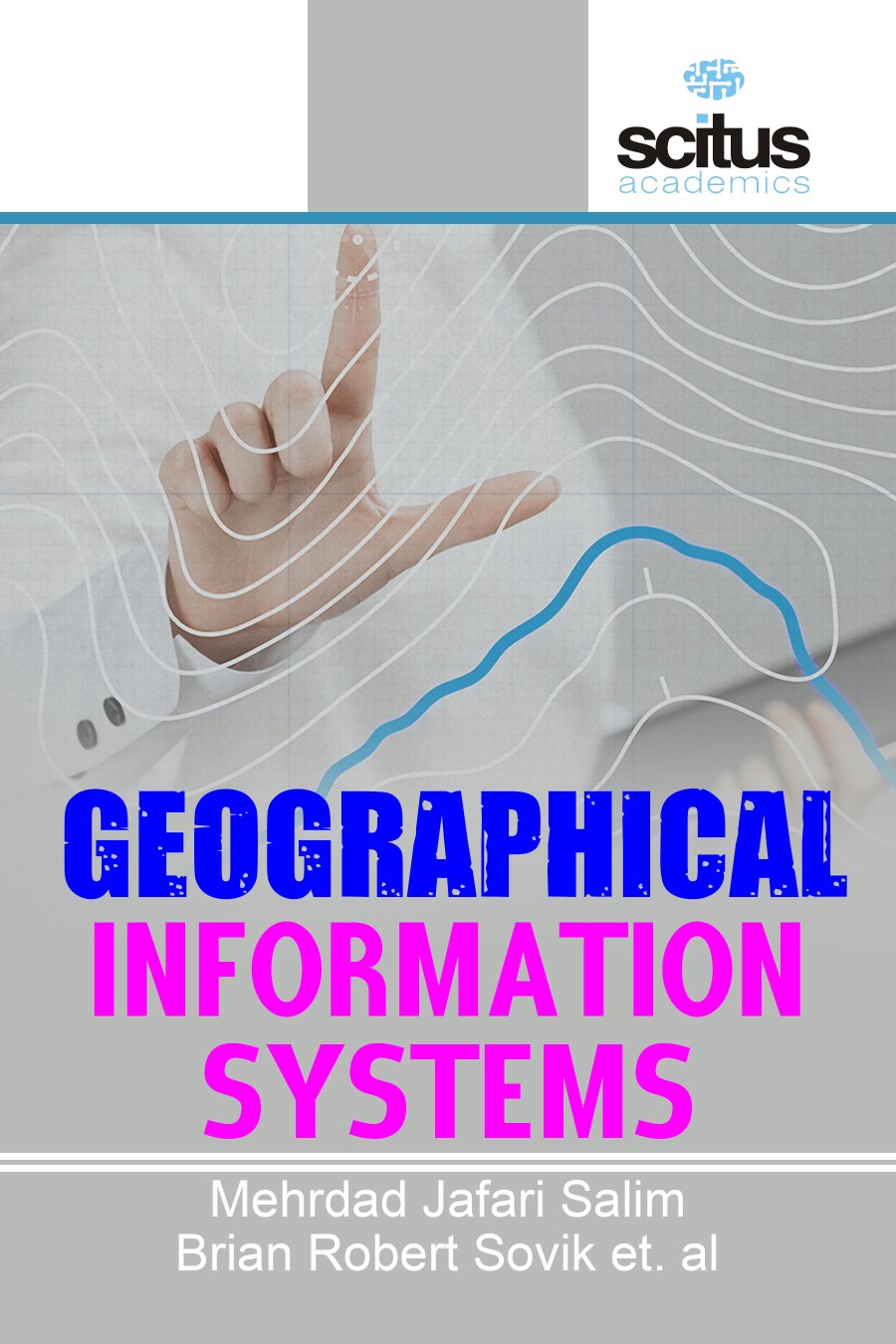Geographic Information Systems (GIS) has become an important part of many disciplines and cuts across all areas of modern information society. The increasing use of GPS-enabled devices and new technological developments allowed more and more people to use their location information for designated location-based services, to position their photographs or other information on a world map or to use it for spare time activities, such as geocaching. Geoinformation industry has seen in the last few years a huge boom. Development of spatially oriented databases, Web map services, navigation and localization using GNSS have brought leap in the use of GIS technology general public. GIS can apply to all information on the Earth’s surface, underground, and in the ocean and atmosphere. Representative examples of GIS include satellite images and numerical maps. GIS has maintained qualitative and quantitative growth with the development of Geographic Information Systems (GIS). Recently, GI has emerged as the core of the 4th industrial revolution and is expected to create more value by fusing with other technologies. An understanding of GI and application fields is necessary for utilizing integrated GIS; therefore, it is important to analyze research trends that can confirm this evolutionary transition and changes in academic interest in GIS.
This book entitled “Geographical Information Systems” presents research findings that explain GIS’s applications in different subfields of social sciences. With several case studies conducted in different parts of the world, the book brings together the theories of GIS and their practical applications in different situations. The book presents a comprehensive overview of the latest developments in VGI research, focusing on its collaboratively collected geodata and corresponding contributor patterns. Additionally, trends in the realm of OSM research are discussed, highlighting which aspects need to be investigated more closely in the near future.
The book is expected to be a useful source of knowledge to students, urban & regional planners, civil engineers, geographers, spatial economists, sociologists, environmental scientists, criminal justice professionals, political scientists, and alike.













